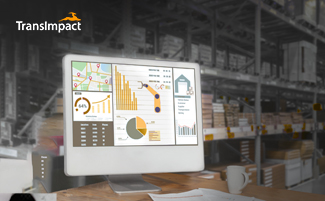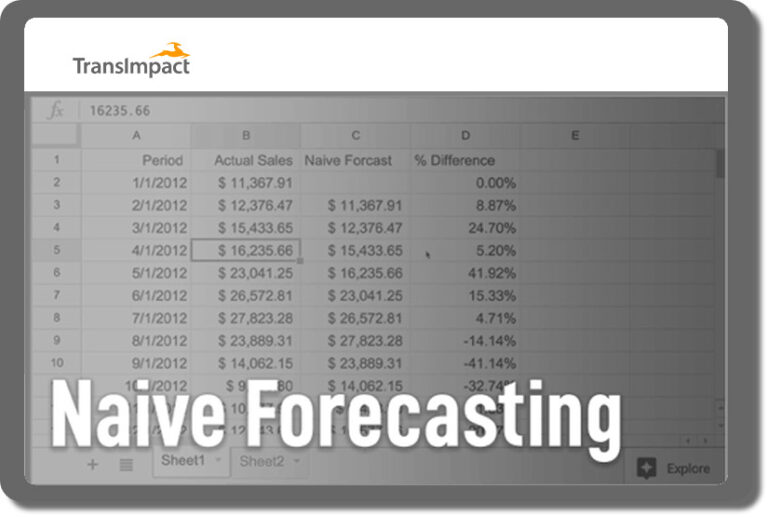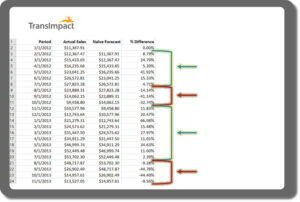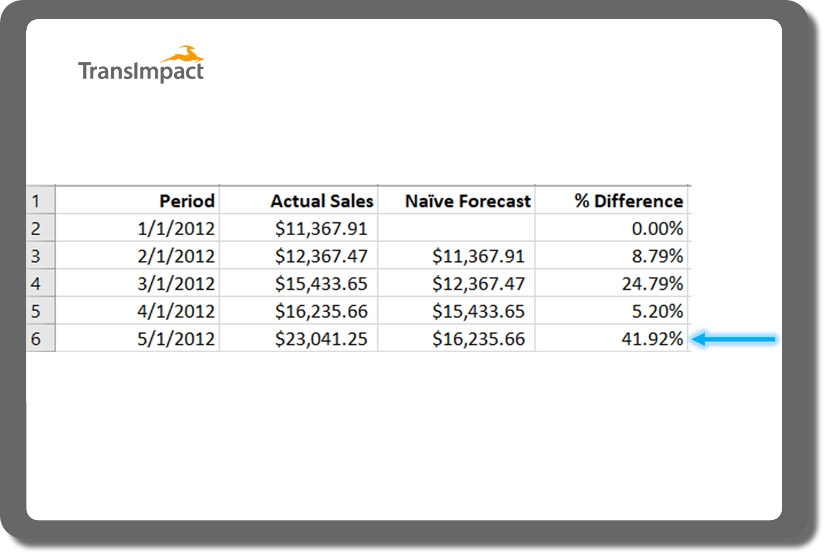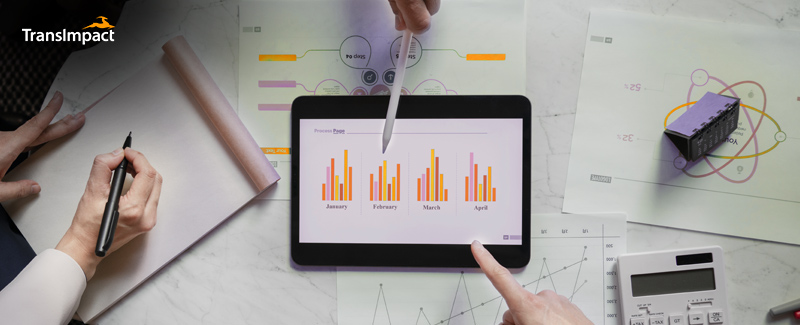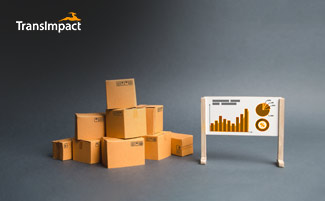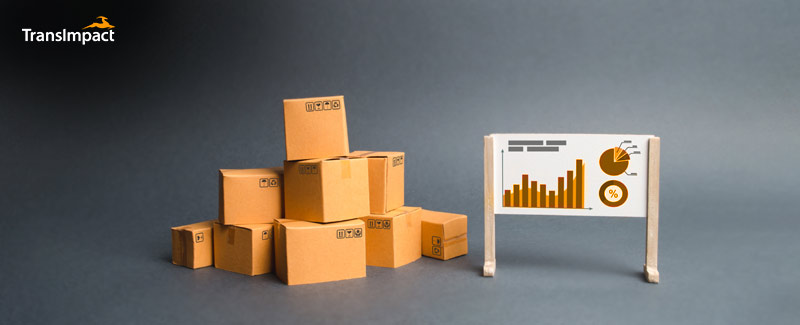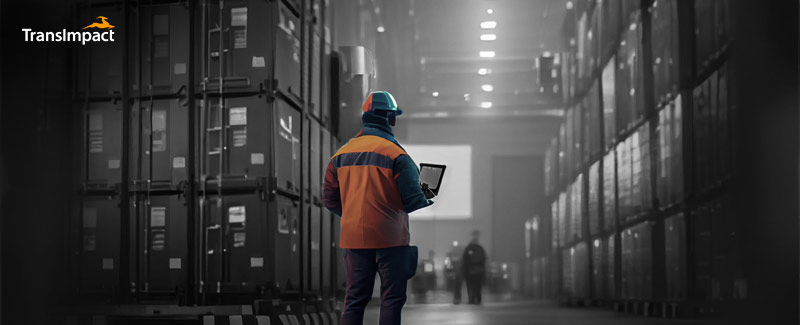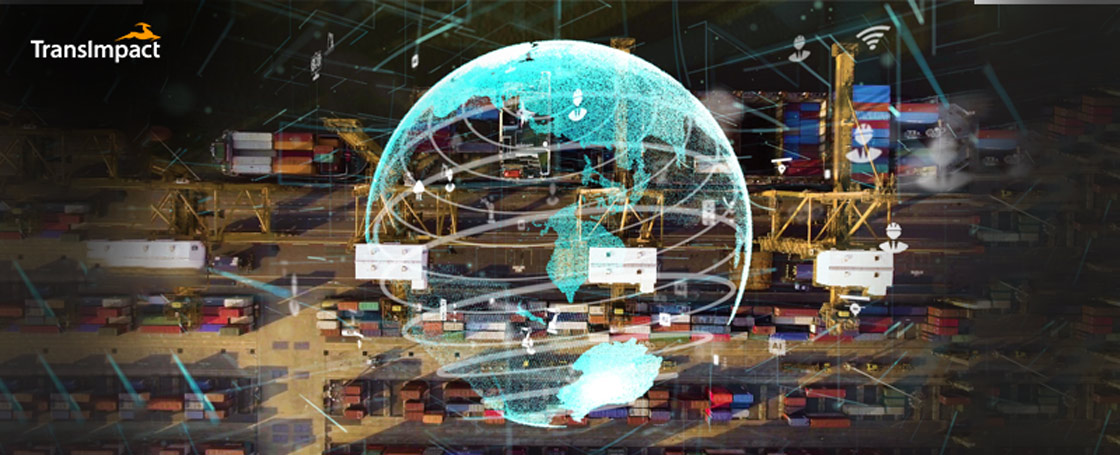What Impact Does the Emergence of Technology Have on Optimizing Your Parcel Spend?
Rohan Sonawane
on
October 9, 2023

Due to rising technological advancements, the parcel industry landscape has changed in the last couple of years. Many consider this as a much-needed watershed moment for industry. Traditionally, as a shipper, you needed to focus entirely on the price and services that shipping companies provided, resulting in a one-dimensional financial load on shippers.
However, with modern-day technology, businesses can now shift their focus to customers and their demands. The surge of high-tech knowledge has also led to a rise in global competitiveness. Consumers’ need for a better, faster, more convenient, and cheaper way of life has enabled companies to leverage these demands and deliver higher customer satisfaction.
If a competitor begins offering one-day deliveries, you risk losing customers if you don’t do the same. This is where many enterprises deflate their margins because last-mile delivery is expensive. Whether you want to improve your margins or save on last-mile delivery, Parcel Spend Management is the key.
What is Parcel Spend Management?
In the era where parcel spending is getting more expensive and complicated with each passing day, Parcel Spend Management is a way of identifying opportunities and negotiating with your shippers to optimize your spending to bring you more savings.
The following are ways in which technology ensures that your parcel spend is optimized:
Parcel Contract Negotiation
When it comes to finalizing a parcel carrier, businesses consider many factors, like service, quality, and punctuality. However, arguably the most significant determining factor is price. Businesses need to control whatever they can to keep shipping costs from affecting their bottom line without affecting the customer’s wallet.
Parcel Contract Negotiation is one way to uncover hidden saving opportunities. Technological advancements enable companies to introspect shipping data and look for discounts. However, many companies lack the technology or the expertise to negotiate effectively. That’s where TransImpact, the parcel expert, comes to the rescue.
Granular Parcel Audit
Another benefit of parcel spend optimization technology is parcel audit. It enables companies to look for insights not derived from the naked eye. Today, there is no lack of data, which makes analysis easy, resulting in new avenues of negotiation with your carrier. Parcel audit technology can bring savings that lead to redistributing money into additional fulfillment centers or give insights into consolidating orders to reduce costs.
Visibility into Parcel Data
Gone are the days when gasoline was the only thing used to fuel businesses. In the rise of modern high-tech software, data is your new fuel, and those who can peek into their data and find accurate and real-time insights will succeed. Tracking your shipments, comparing rates, and managing shipments are just a few ways of harnessing the power of technology for shipping and transportation planning.
Improved Customer Experiences
The real reason behind the success of current advancements is the ease it provides the customers. Faster delivery, one-day delivery, and no-cost delivery are some ways companies are already offering customers. With the avid use of technology, companies can reduce time in transit, optimize routes, and provide faster service.
Conclusion
To remain profitable, businesses must optimize their parcel spending while simultaneously providing customers with better, faster, more convenient, and cheaper services. Parcel Spend Management is a strategy that can help businesses achieve this goal by utilizing technological tools such as contract negotiation, audit, data visibility, and enhanced customer experiences.
TransImpact, with its industry-leading technology and market expertise, has enabled businesses to save between 15-40% while negotiating contracts with the carrier. Over the years, it has saved more than $1 billion. Embracing Parcel Spend Management paves ways to remain profitable. Visit website to connect with parcel expert.



